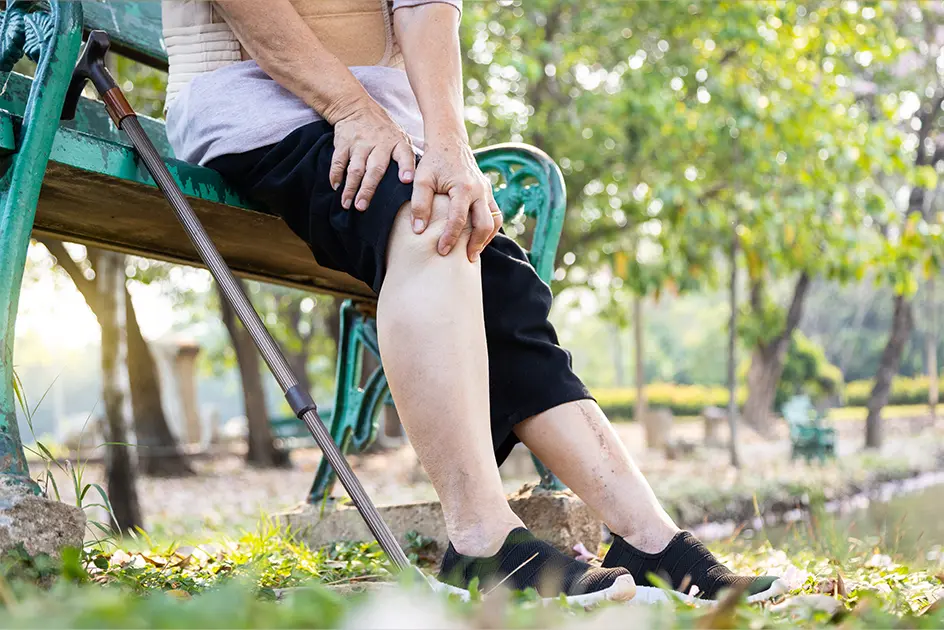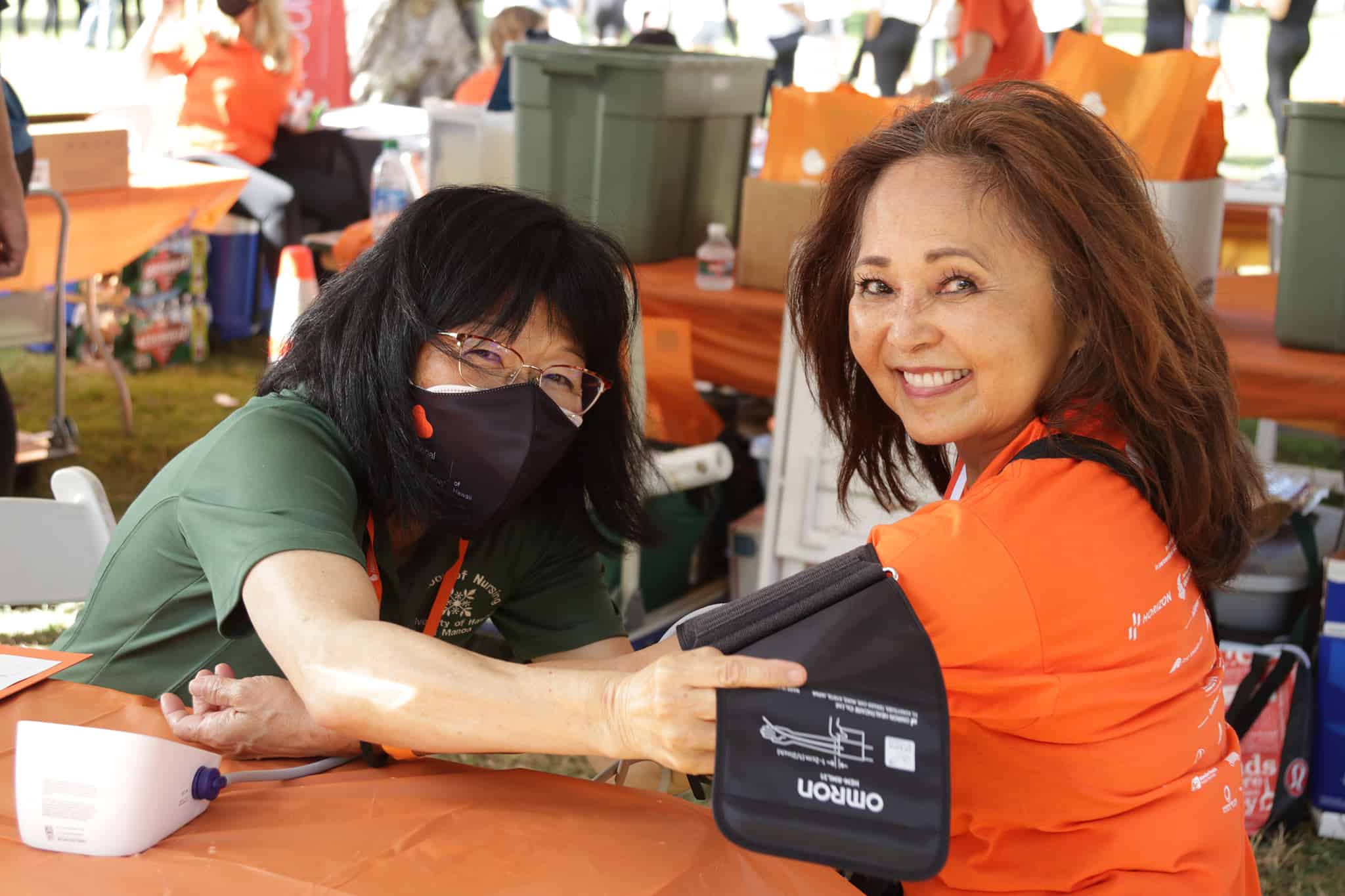We’re blessed to live in a state with warm breezes, sunshine, and salt air. These conditions may be uplifting for humans, but for the paint job on your car, they’re far from ideal.
That doesn’t mean you have to sit idly by as our beautiful climate eats away at your car’s pristine finish. When you know what you’re up against and take the right steps to keep your car protected, you can keep it looking great and performing well for years to come.
Why Does the Hawaii Climate Damage Your Car’s Finish?
It’s not just the salt in the air that causes long-term damage to your car’s paint. When you keep your car near the coast, it’s up against a triple threat of natural conditions: Salt, sun, and moisture. These three work together to damage your car’s finish — and the damage doesn’t end there.
Salt particles are corrosive. When your vehicle is outside in a coastal climate, these salt particles accumulate on the surface. Over time, they can corrode the finish.
Unfortunately, the Hawaiian sun acts as a kind of catalyst for this kind of corrosion. The combination of heat and direct sunlight causes “pores” in a car’s paint to widen, making it easier for salt particles to get deeper into the paint.
Having visible spots of exposed metal isn’t just a cosmetic issue. When you add moisture to the equation, it becomes much, much easier for rust to form. And as you likely already know, rust doesn’t just stay confined to one spot — it will expand a lot faster than you think. If rust is left unchecked for long enough, it can create large holes in your car’s chassis. Rust weakens metal, so even if you don’t see actual holes now, the brittle, rusted metal that’s left is very prone to breakage.
Tips for Protecting Your Car’s Finish
The climate here in Hawaii certainly isn’t the best for your car’s finish, but it doesn’t have to be a death sentence for it, either. Here’s how to extend the life of your car’s finish.
Park Mindfully
Unless you drive much more than the average person, your car probably spends more time parked than it does on the road. If you take precautions to protect your car during this time, you’ll be amazed at how much longer the finish lasts!
Garage parking is ideal, as it shields your car from direct sunlight and from at least some of the salt in the air. If you don’t have a garage, invest in a good car cover. When parking away from home, covered parking areas (like underground garages) are ideal.
It’s a lot like the recommendations for protecting your skin from the sun. In addition to wearing sunscreen, you can wear clothing that shields you from the sun and spend time away from direct sunlight. Nobody makes sunscreen for cars (at least not yet!), so keeping your vehicle covered and out of direct sunlight when possible are great steps to take.
This is good advice to follow, even if you aren’t here in Hawaii all of the time. For example, if you live here part of the year (or even if you’re just here visiting), keeping your car protected will minimize your risk of corrosion and long-term damage.
Wash and Wax
Keeping your car in a garage and/or covering it when possible can go a long way toward protecting your car. But what if there was another way to shield your vehicle’s finish from the harsh, salty air?
There is, and it’s simpler than you think! Regularly washing and waxing your car prevents salt particles from building up and causing corrosion. Washing removes salt buildup, and waxing creates a seal that protects the finish from the salt in the air.
To get the best results possible, wax your car immediately after washing. Otherwise, you risk trapping existing salt buildup under the wax, which is bad news for your car’s paint.
You might think that you don’t have the time to give your car a thorough wax every time you wash it. Fortunately, if you’d rather not take the time to wax by hand, there are faster and easier options. Some car washes include a built-in wax immediately after the wash.
As a side note, if you’re choosing a car wash, make sure you pick one that will wash your car’s undercarriage. It’s a step lots of people forget, but salt buildup can cause corrosion and serious damage to the non-painted metal here, too.
Touch Up Dings and Scrapes ASAP
If you get even a small cut on your skin, that cut provides an entryway to infection-causing bacteria. You can think of chips or scratches in your car’s paint the same way. Exposed metal is at particular risk of corrosion, and that corrosion doesn’t just confine itself to the small patch of exposed metal — it eats it’s way outward.
The combination of sun, salt, and moisture makes the process of corrosion a lot faster here than it is in non-coastal climates. That means you have a relatively small window of time to touch up chipped areas before more damage happens.
While bringing your car to a body shop each time you notice a ding is certainly an option, it’s an expense you may be able to avoid. Many online companies offer tubes of touch-up paint formulated to exactly match the manufacturer’s paint job for your vehicle’s make, model, and year. Doing a touch-up yourself might not look quite as nice as one done by a body shop, but it keeps your car protected. That’s what really matters.
You Don’t Have to Choose Between a Beautiful Car and Living in Hawaii!
It’s no secret that Hawaii’s climate is hard on cars. However, if you’re proactive when it comes to protecting your vehicle (and addressing issues as soon as they come up), you can prevent the kind of serious salt and sun damage we see every day.















